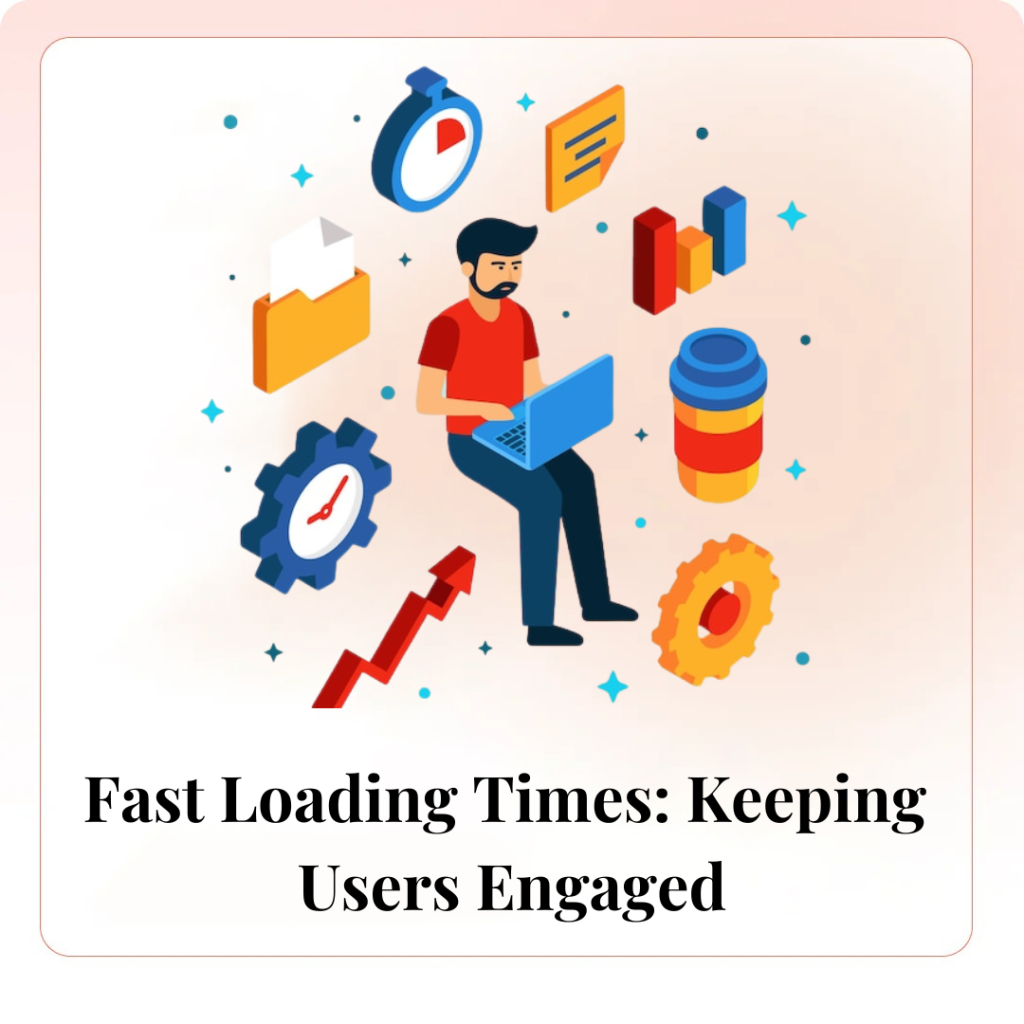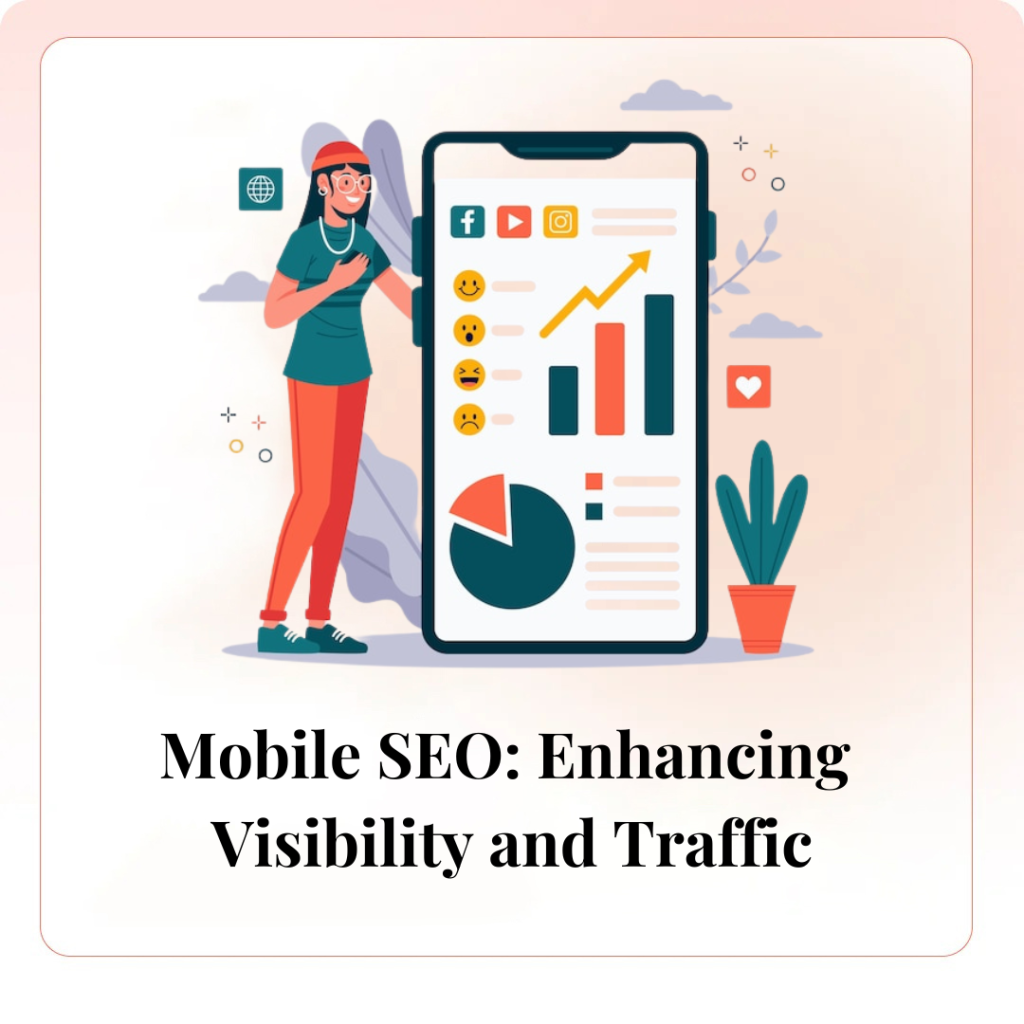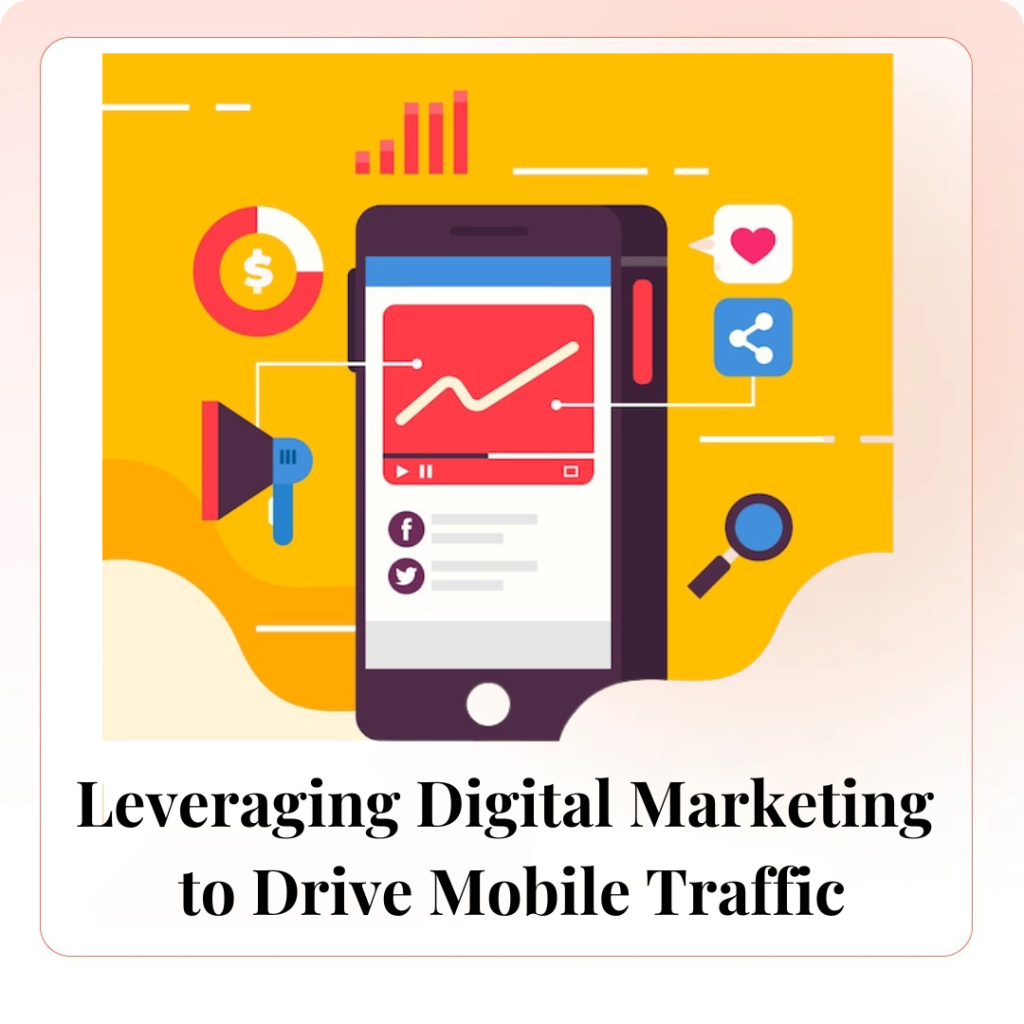In the digital age, mobile shopping has become a dominant trend, with more consumers relying on their smartphones to browse and make purchases. For retailers, optimizing a website for mobile shopping isn’t just a competitive edge—it’s essential. A well-optimized mobile site can lead to higher conversions, better customer engagement, and improved search engine rankings. This blog will explore how to enhance your website for mobile shopping, focusing on integrating SEO and digital marketing strategies to maximize results.
1. The Growing Importance of Mobile Shopping
Mobile commerce, or m-commerce, has seen exponential growth in recent years. With the convenience of browsing and purchasing on the go, consumers are shifting from desktop to mobile shopping. This trend emphasizes the need for retailers to provide a seamless and efficient mobile shopping experience. Websites that are not optimized for mobile risk losing potential customers, as mobile users expect quick load times, easy navigation, and a frictionless checkout process.

2. Responsive Design: The Foundation of Mobile Optimization

Responsive design is the cornerstone of mobile optimization. It ensures that your website automatically adjusts to fit various screen sizes, providing a consistent and user-friendly experience across devices. A responsive website not only enhances the user experience but also positively impacts your search engine rankings. Google prioritizes mobile-friendly websites, making responsive design a critical factor in your SEO strategy.
Investing in a responsive design allows you to cater to the growing number of mobile shoppers and provides a solid foundation for other optimization efforts. Ensuring that your website looks and functions well on smartphones and tablets will help reduce bounce rates and keep customers engaged.
3. Fast Loading Times: Keeping Users Engaged
Speed is crucial in mobile shopping. A slow-loading website can frustrate users and lead to abandoned carts. Research shows that mobile users expect pages to load within three seconds. To meet this expectation, optimizing your website’s loading time is vital.
Start by compressing images, reducing server response times, and minimizing redirects. Tools like Google PageSpeed Insights can help you identify areas where you can improve loading speeds. Fast-loading pages improve the user experience and contribute to better SEO performance. Search engines like Google reward websites that load quickly with higher rankings, making speed optimization an essential part of your mobile SEO strategy.

4. Mobile-Friendly Navigation: Simplifying the Shopping Journey

Navigating a website on a smaller screen can be challenging if the site isn’t optimized for mobile use. Simplifying your website’s navigation is key to ensuring a smooth shopping journey for mobile users. Implement clear and concise menus, large clickable buttons, and easy-to-use search bars. The goal is to make it as simple as possible for users to find products and complete their purchases.
The checkout process should also be optimized for mobile. Streamline the steps required to complete a purchase and offer mobile-friendly payment options, such as digital wallets. By reducing friction in the navigation and checkout process, you can significantly increase your mobile conversion rates.
5. Mobile SEO: Enhancing Visibility and Traffic
Optimizing your website for mobile shopping also involves mobile-specific SEO strategies. Mobile SEO focuses on ensuring that your site ranks well in search engine results pages (SERPs) when users search on their mobile devices. This includes optimizing your content for mobile-related keywords, ensuring your site is easily crawlable by search engines, and using structured data to improve how your site appears in mobile search results.
Voice search optimization is another critical aspect of mobile SEO. With the rise of virtual assistants like Siri and Google Assistant, more users are conducting voice searches. Optimizing your content for voice search by incorporating natural language and conversational keywords can help you capture this growing segment of mobile users.

6. Optimizing Content for Mobile Shoppers

Content plays a crucial role in engaging mobile shoppers. However, the way users consume content on mobile devices differs from desktop users. Mobile users prefer concise, scannable content that is easy to read on a small screen. To meet this demand, focus on creating shorter paragraphs, using bullet points, and incorporating clear headlines.
Visual content, such as images and videos, should be optimized for mobile as well. Ensure that visuals are high-quality but compressed to avoid slowing down your site. Interactive elements like shoppable images and videos can also enhance the mobile shopping experience, making it easier for users to explore and purchase products directly from the content.
7. Leveraging Digital Marketing to Drive Mobile Traffic
Digital marketing plays a significant role in driving traffic to your mobile-optimized website. Social media, email marketing, and mobile advertising are all powerful tools for reaching mobile shoppers. Ensure that your digital marketing campaigns are mobile-friendly, with responsive email designs, mobile-optimized landing pages, and ads that look great on smartphones.
Social media platforms like Instagram and Facebook are particularly effective for mobile marketing. These platforms are predominantly accessed via mobile devices, making them ideal for promoting your mobile-optimized site. Incorporating shoppable posts and mobile-exclusive promotions can drive traffic and encourage purchases from mobile users.

8. Monitoring and Improving Mobile Performance

Optimization is an ongoing process. Regularly monitoring your website’s mobile performance is essential to ensure it continues to meet user expectations and deliver results. Use tools like Google Analytics to track key metrics such as mobile traffic, bounce rates, and conversion rates. Analyzing this data will help you identify areas for improvement and make informed decisions about future optimization efforts.
Staying updated with the latest trends and technologies in mobile optimization is also crucial. The mobile landscape is constantly evolving, and staying ahead of the curve will ensure that your website remains competitive and continues to attract and retain mobile shoppers.
Conclusion
Optimizing your website for mobile shopping is a vital component of a successful retail strategy. By focusing on responsive design, fast loading times, mobile-friendly navigation, and mobile-specific SEO, you can create a seamless and enjoyable shopping experience for your customers. Integrating digital marketing efforts will further enhance your ability to reach and engage mobile users, driving more traffic and conversions. In a world where mobile shopping is becoming the norm, ensuring your website is optimized for mobile is not just an option—it’s a necessity for staying competitive and growing your retail business.

